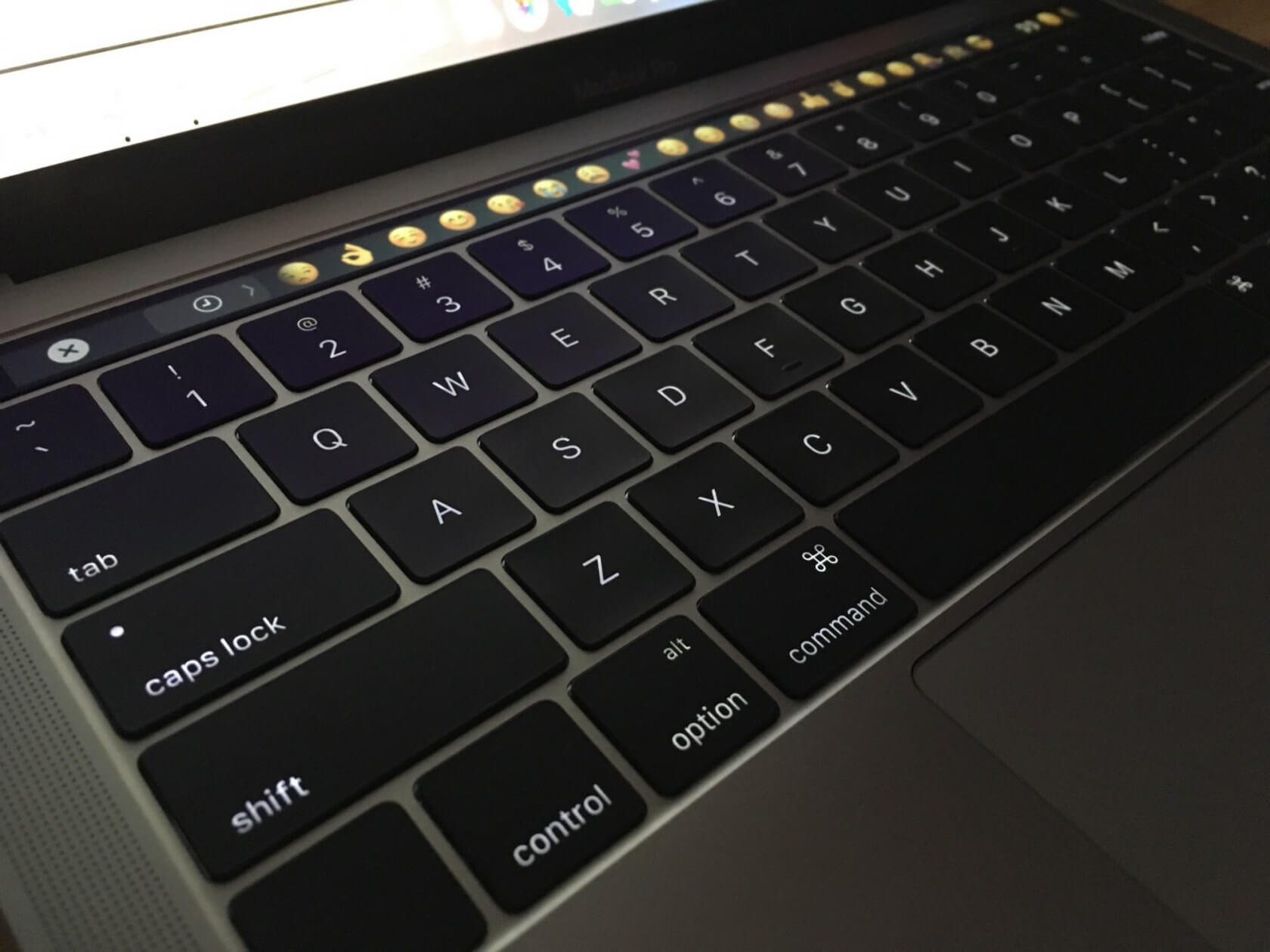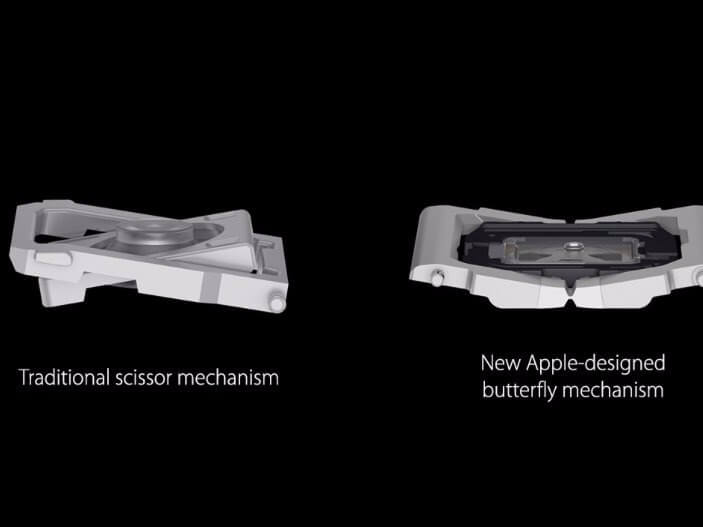In context: The butterfly keyboards used in MacBooks from 2015 to 2019 were a pain for consumers due to their many issues. Now, following a $50 million class-action lawsuit settlement in July, Apple is sending out emails to owners explaining how they can claim their payments, which go all the way up to $395.
Apple introduced the butterfly keyboards in the 2015 MacBooks and 2016 MacBook Pros. The thinner mechanisms beneath each key were designed to apply more pressure, thereby increasing responsiveness and lowering the profile. But it also led to sticky keys, repeating characters, keystrokes not appearing, and complete keyboard failures.
Unsurprisingly, this led to class-action lawsuits against Cupertino. The one launched in 2018 claimed Apple was aware of the problem with its MacBook keyboards shortly after the launch of the 2015 models but failed to disclose the defect to customers.
After originally trying to fight the suit, Apple agreed to pay $50 million to settle it earlier this year. A website set up by the company lists the different payment tiers. Group 1 settlement members cover those who obtained at least two Topcase Replacements from Apple or an authorized service provider within four years of purchasing their machines. They will receive an email or postcard notifying them that they are eligible for a payment of up to $395, which they will receive automatically.
Those who received a single Topcase replacement that failed to address the issues (Group 2 members) will need to submit a claim form for their payment. Owners who had a keycap replacement can also submit a claim form to get a small settlement as part of Group 3 members.
Claims must be submitted by March 6, 2023. Those who object to the settlement can comment in writing to the court by February 10, 2023. There will also be a final approval hearing on March 16, 2023.
Apple issued an apology for the ongoing butterfly keyboard problems in 2019 while still downplaying the issues. The keyboards were later phased out in favor of a scissor-switch design.
Thanks, MacRumors

